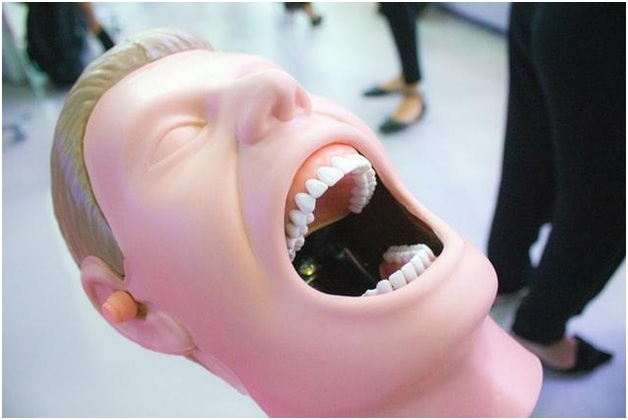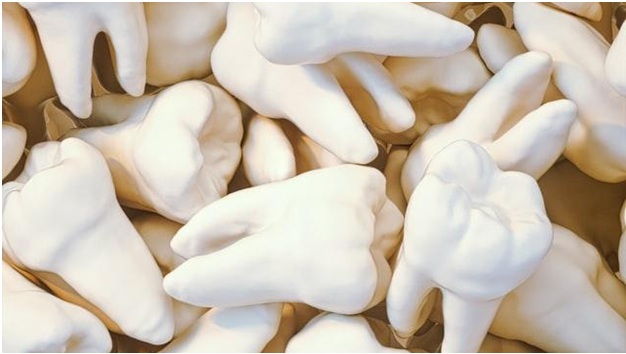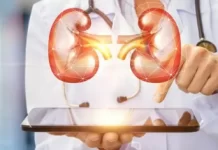Oral health is a critical component for general body well-being. The responsibility of teeth includes chewing and biting edibles for nourishment, plus helping us produce a pleasant smile and speak. Each tooth is unique from birth, with varied shapes, sizes, and purposes. Go To https://www.medicalnewstoday.com/articles/326754/ for an overview of the wonderful world of teeth.
More people are becoming aware of smiles and oral hygiene, hoping for bright, beautiful teeth, but it’s good to become aware of the varied types and their jobs as you progress through life.
Table of Contents
** First Set
Babies will receive their first set, referred to as “milk” teeth, which start to develop before the baby’s birth and will pop through the gums as early as six months. A child will typically have a whole milk tooth set no later than three years of age. They will hold onto these for a few years if taken care of adequately, like keeping them clean and protecting them from injury until the adult teeth push through.
This set will begin to loosen at approximately age six as the adult group begins to push in behind. Some parents and little ones prefer to create keepsakes for the lost milk teeth instead of merely disposing of these. A genuinely fun project is a shadow box with the date of each loss beside the tooth in a circle with fun illustrations to highlight the display.

** Next Set
As a rule, you can anticipate the full milk set to be pushed out by the adult group by approximately 14 years of age. The grown-up batch consists of between 28 and 32 teeth in total. For a set of 32, there would need to be wisdom teeth fully developed, but that is not always the case.
Usually, each wisdom tooth comes in later, and some do not grow in. A dentist is an ideal resource to discuss these and gain advice on proceeding if they don’t pop through independently.
Sometimes inadequate space or another problem leads to pain or potentially severe oral issues, with it becoming necessary to take these out. Your dentist will determine the removal and how to proceed with the process.
** Different Adult Teeth
Each tooth is unique and offers a different purpose. It is wise to take the time to learn as much as possible about your mouth, what the capabilities are, and how you can best take care of it.
- Incisors: The incisors make up each front tooth, for which there is eight total, making four for each set. The job for these is to cut and chop edibles into tiny pieces.
- Canines: With canines, you’ll find the jaw on top, and the bottom has two each beside the incisors. The purpose of this tooth is to tear meats and substances that are tough to chew.
- Premolars: Next to the canines are the premolars, of which a full adult mouth will consist of eight, with four in each row. Their job is to crush or grind edibles that are chopped up by the sharper teeth. Molars are wider teeth with a flat bottom. The strength makes mush when grinding, so you can easily swallow your food.
** Anatomy of a Tooth
While there are different types of teeth, each with its own function, a tooth is made of materials allowing it to be the strong, viable tool we need it to be, not to mention displaying a pleasant appearance to the world around us. These parts include:
- Crown: The piece that you see above the gum boasts as the crown.
- Enamel: The crown wears a suit of shiny, hard enamel. Suggestions indicate this material is the hardest of any found in the body, with the responsibility of protecting the most tender elements comprising a tooth.
- Dentine: A majority of the tooth consists of dentine, a protectant for the pulp or the inner component.
- Pulp: Nerve endings in teeth play a significant role in letting you know when edible or beverages are of an extreme temperature or telling you a tooth is in trouble, whether decayed or damaged. A robust, healthy blood supply sustains the life of teeth. The pulp is like the control center for the nerve endings and the blood supply.
- Cementum: The root has protection and coverage from the cementum.
- Periodontal: These fibers are responsible for attaching your set of teeth to your jawbone.

The material all plays a key role in maintaining the health of the adult tooth. To prevent disease, decay, damage, it’s essential to take excellent care of the outer layer so nothing can get to the innermost circle, ultimately bringing death to that tooth. The worst thing to happen is the loss of a natural tooth.
Do Teeth Change Naturally as Time Passes?
Permanent teeth have the potential for changing their shape over time for varied reasons, whether due to damage or possibly erosion. A few of the reasons you can anticipate seeing differences:
- Decay / Erosion: If the enamel begins to degrade or wear down, you can expect there to be a transformation.
- Chip: If you bite into something exceptionally hard or if you’re involved in an accident or receive an injury, a tooth can become chipped.
- Loss: Again, whether breaking off from biting into something tough or receiving an injury, losing a tooth often leads to other teeth attempting to fill the void, leaving you with a crooked appearance.
- Crowding: Many people develop crowding where teeth come in tightly fitting together.
- Grinding: If you subconsciously grind your teeth or do so in your sleep, it can result in them being worn down and shortening.
Any of these situations can result in shapes and sizes that are less than appealing to you. You can choose to approach your dentist for cosmetic assistance in these cases to improve your appearance and bring a better sense of confidence.

Can You Alter Teeth If They Displease You?
A natural set of teeth comes in varied shapes and sizes, but your dental provider can help you cosmetically alter the natural appearance if they, in some ways, displease you.
Each, as we mentioned, is shaped a particular way due to its functionality. An incisor has to chop, a canine has to tear, and a molar has to grind. Some need to be narrow and sharp, not requiring a great deal of strength, while others need to be robust and capable of making mush of your meal.
But that’s not the only reason our teeth differ. Every person is unique, specific only to their mouth. No two people are alike. Some individuals will have unusually long ones or more prominent than others or maybe sharper than what you might typically see, and some might be crooked or have grooves.
Many dentists suggest keeping your smile as is (except for maybe whitening) unless there is potential for a health issue or if damages were responsible for creating the distortion. That does not mean you do not have choices if you want to change the shape or size cosmetically. As in the cases mentioned above, cosmetic fixes might be the best option.
Will Reshaping Affect Your Sets Health?
Suppose there are legitimate reasons like health problems or issues with appearance due to injuries or loss or even crowding. It can prove essential to making cosmetic changes to get the most beautiful teeth shapes for psychology like self-esteem and self-confidence. Everyone wants to feel good about their smile.
It’s also vital when a tooth is not long enough or perhaps too long; there might be challenges in performing its job, making it difficult to eat correctly and get the nourishment necessary for overall well-being. If you grind, that strains the jaw’s joints, often leading to instances like TMJ syndrome.
Tooth decay is a genuine possibility when teeth are distorted in shape with edibles, particles, debris getting trapped with floss and brushing unable to reach these areas, potentially leading to disease over time.
Making The Change
When you conclude that you need to make the change for the betterment of your health and your mouth’s overall appearance, the first step is reaching out to your dental professional. The provider will be the best resource to go over the options available to you for your specific situation.
If you have an exceptionally complex issue, you might need to be referred to another expert for more specialized treatment, especially if you have had some type of injury or accident creating damage to your teeth.
In either scenario, the priority is to reach out to your dentist as soon as you have an issue with your mouth to give the provider a chance to help you and so you can have peace of mind. Click here to get the anatomy of a smile.
We do not get a third set of teeth after our permanents come in. It’s critical to provide the best care for these and make them optimum for you. You’re not stuck with how they come in. There is help to make them the ideal version for your needs.





